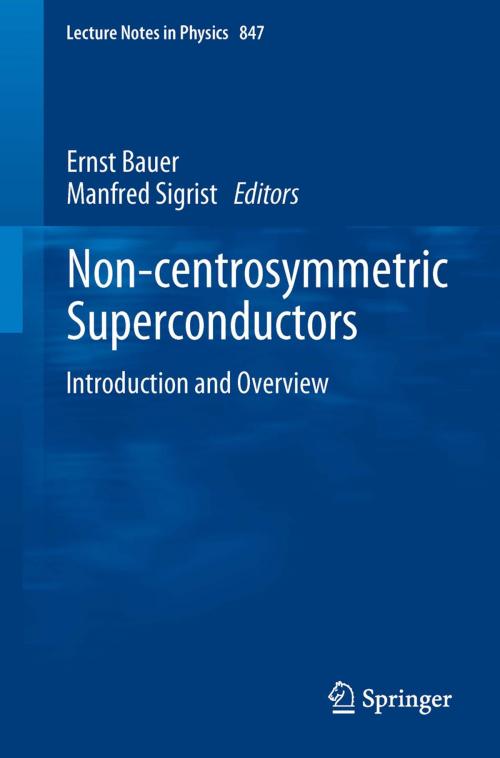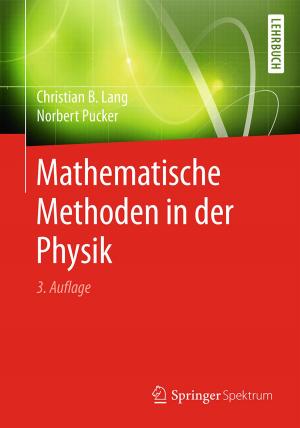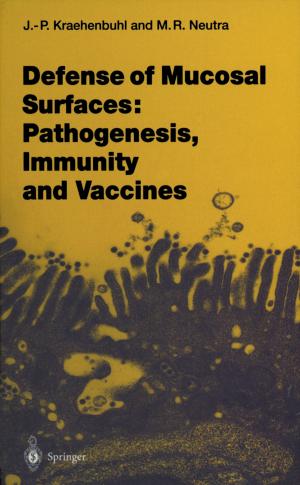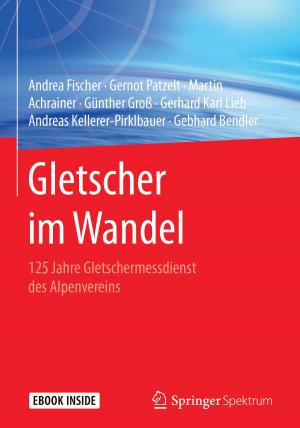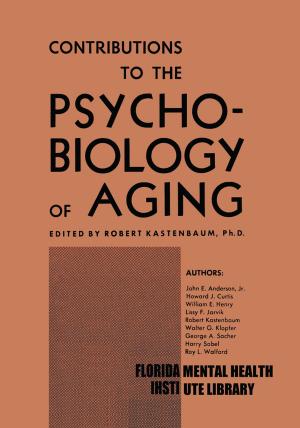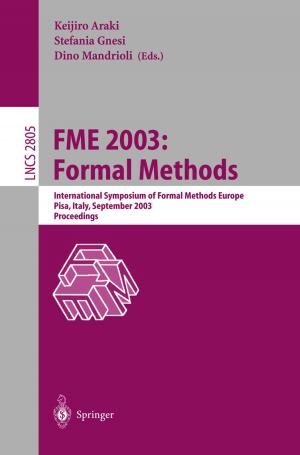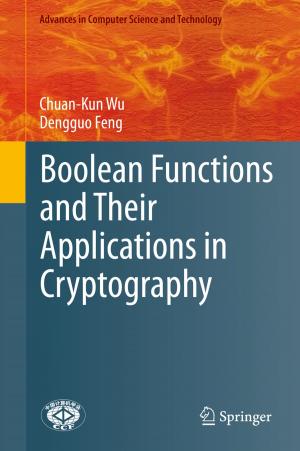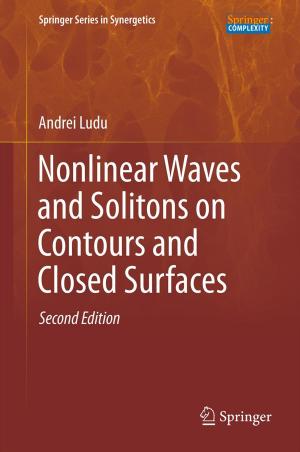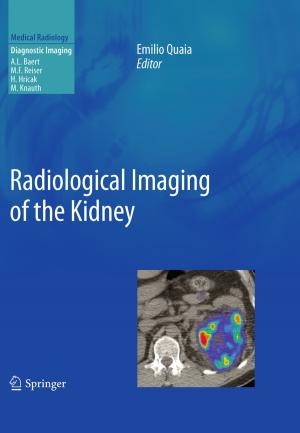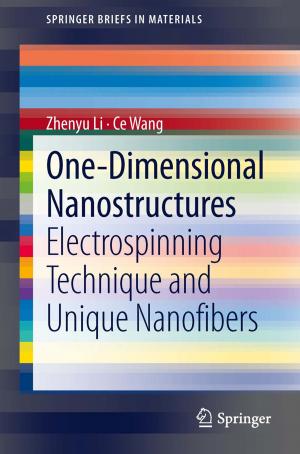Non-Centrosymmetric Superconductors
Introduction and Overview
Nonfiction, Science & Nature, Technology, Superconductors & Superconductivity, Science, Physics, Solid State Physics| Author: | ISBN: | 9783642246241 | |
| Publisher: | Springer Berlin Heidelberg | Publication: | January 10, 2012 |
| Imprint: | Springer | Language: | English |
| Author: | |
| ISBN: | 9783642246241 |
| Publisher: | Springer Berlin Heidelberg |
| Publication: | January 10, 2012 |
| Imprint: | Springer |
| Language: | English |
Superconductivity in materials without inversion symmetry in the respective crystal structures occurs in the presence of antisymmetric spin-orbit coupling as a consequence of an emerging electric field gradient. The superconducting condensate is then a superposition of spin-singlet and spin-triplet Cooper pairs. This scenario accounts for various experimental findings such as nodes in the superconducting gap or extremely large upper critical magnetic fields. Spin-triplet pairing can occur in non-centrosymmetric superconductors in spite of Anderson’s theorem that spin-triplet pairing requires a crystal structure that exhibits inversion symmetry. This book, authored and edited by leading researchers in the field, is both an introduction to and overview on this exciting branch of novel superconductors. Its self-contained and tutorial style makes it particularly suitable for self-study and as source of teaching material for special seminars and courses. At the same time it constitutes an up-to-date and authoritative reference for anyone working in this exciting field.
Superconductivity in materials without inversion symmetry in the respective crystal structures occurs in the presence of antisymmetric spin-orbit coupling as a consequence of an emerging electric field gradient. The superconducting condensate is then a superposition of spin-singlet and spin-triplet Cooper pairs. This scenario accounts for various experimental findings such as nodes in the superconducting gap or extremely large upper critical magnetic fields. Spin-triplet pairing can occur in non-centrosymmetric superconductors in spite of Anderson’s theorem that spin-triplet pairing requires a crystal structure that exhibits inversion symmetry. This book, authored and edited by leading researchers in the field, is both an introduction to and overview on this exciting branch of novel superconductors. Its self-contained and tutorial style makes it particularly suitable for self-study and as source of teaching material for special seminars and courses. At the same time it constitutes an up-to-date and authoritative reference for anyone working in this exciting field.
